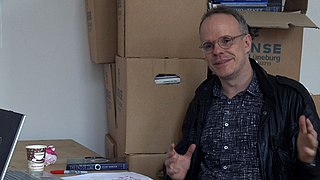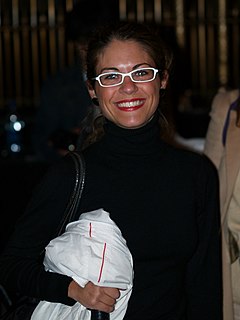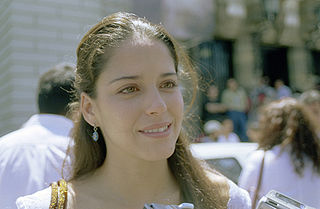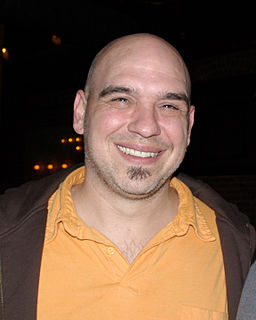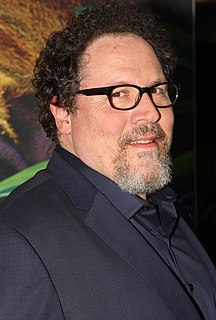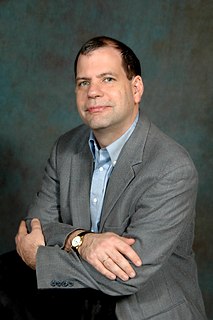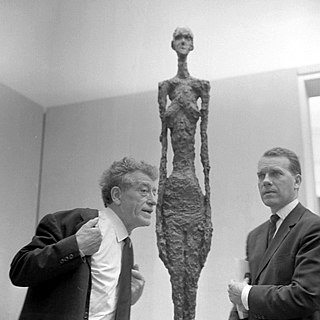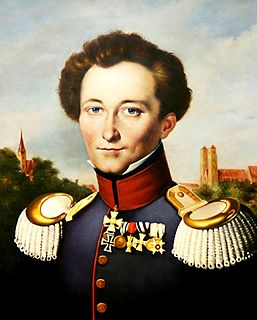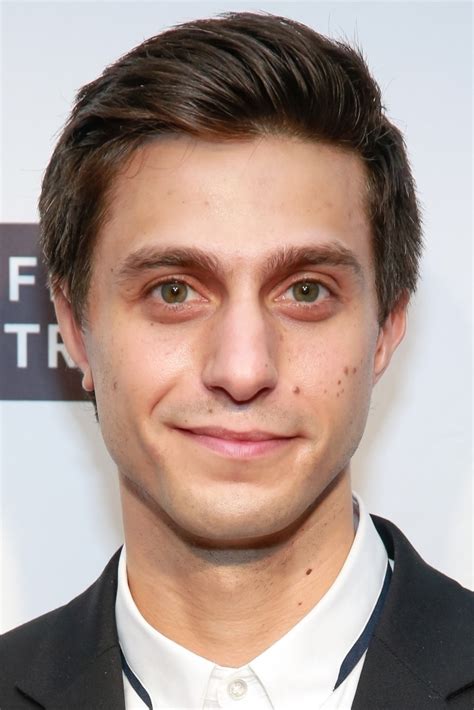A Quote by Danny Meyer
More and more, museums will look at restaurants and chefs differently - as if they are curating art.
Quote Topics
Related Quotes
Fashion went from being much more rarefied to being more accessible. Now everything is changing in the art world, too: even the highest level of institutions are becoming more aware of the general public, like the McQueen exhibit at the Metropolitan or the Tim Burton at the MoMA or how the Gagosian does historic Picasso shows, bringing museum quality into a gallery. Galleries are becoming more like museums, and museums are becoming more accessible. In the next decade, I think it'll be blown open: there will be a lot of shifting around in terms of how artists approach their work.
We have very professional, amazing chefs that are contestants. Most of them have their own restaurants and are settled, recognized chefs in Mexico. That gives the show [Top Chef] a different level completely; the gastronomic level is very high. It makes it all more interesting and the competition is just harder and harder.
Chefs hate desserts. The smartest thing a chef can do is hire a great pastry chef. Cooking savory food is all about feel - you season something, you taste it, you go back in and adjust, more butter, more olive oil, more acid, whatever you want to get it to taste the way you want. Pastries are like a science project. To me, the greatest chefs are the ones who have the greatest feel for food, while the greatest pastry chefs have to be people that are extremely precise.
I'll basically eat anything that a chef puts in front of me. One of the reasons is respect for the chef. I watch chefs eat at other chefs' restaurants, and they're very aware not to leave anything over because the chef is watching very closely. It's a very sincere interaction when two chefs are cooking for one another.
Our time and attention is scarce. Art is not that important to us, no matter what we might like to believe... Our love of art is often quite temporary, dependent upon our moods, and our love of art is subservient to our demand for a positive self image. How we look at art should account for those imperfections and work around them. Keep in mind that books, like art museums, are not always geared to the desires of the reader. Maybe we think we are supposed to like tough books, but are we? Who says? Many writers (and art museums) produce for quite a small subsample of the... public.

